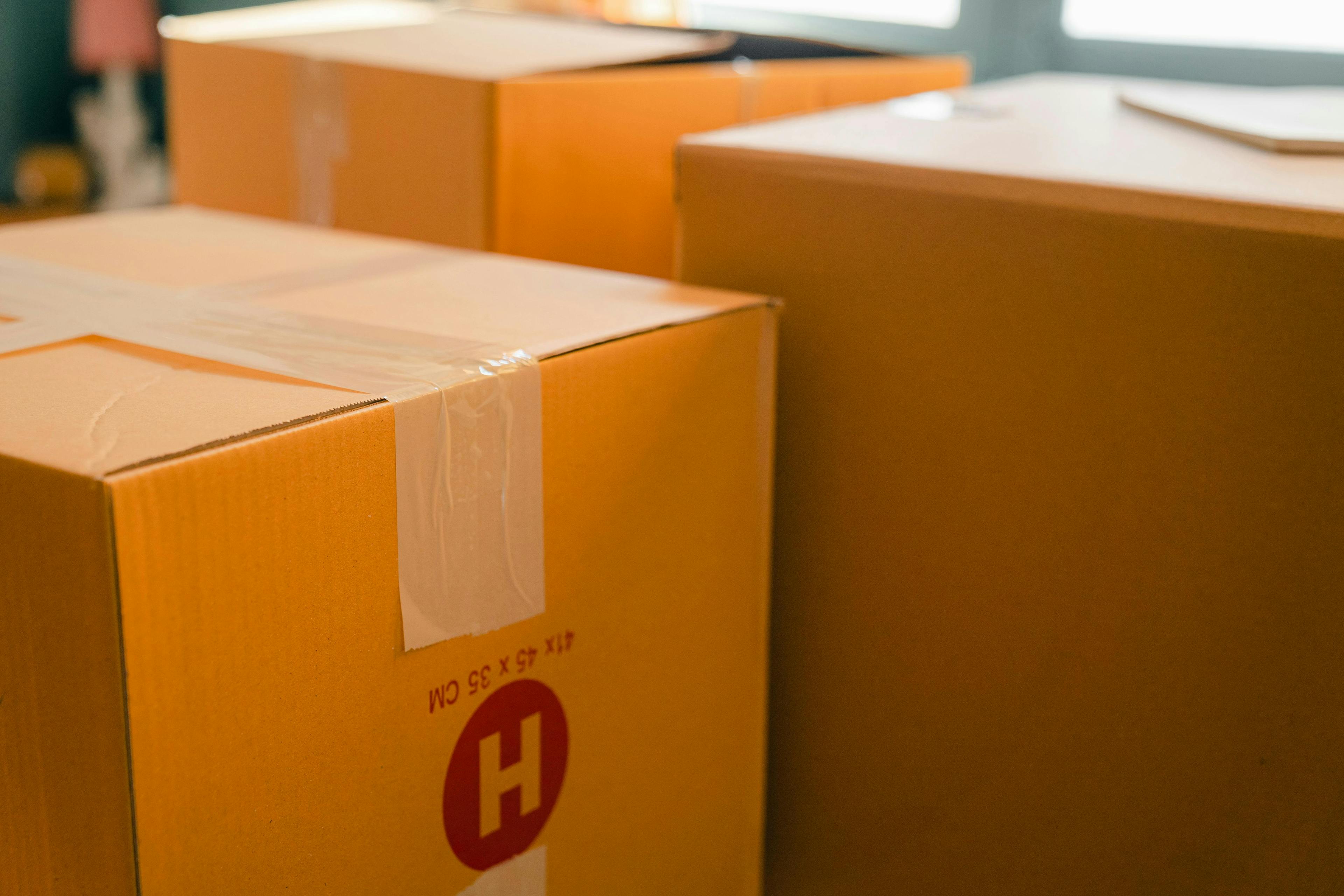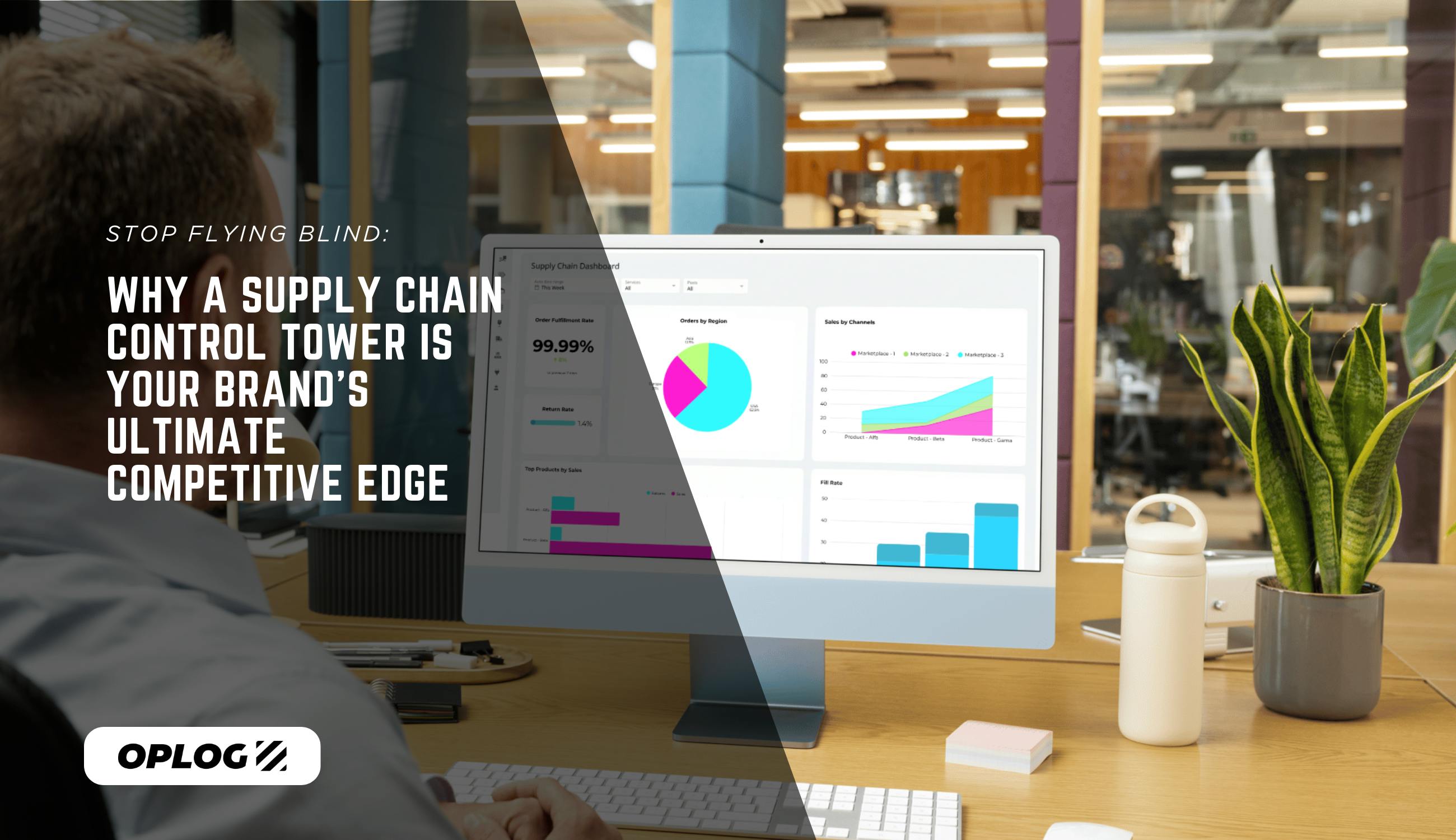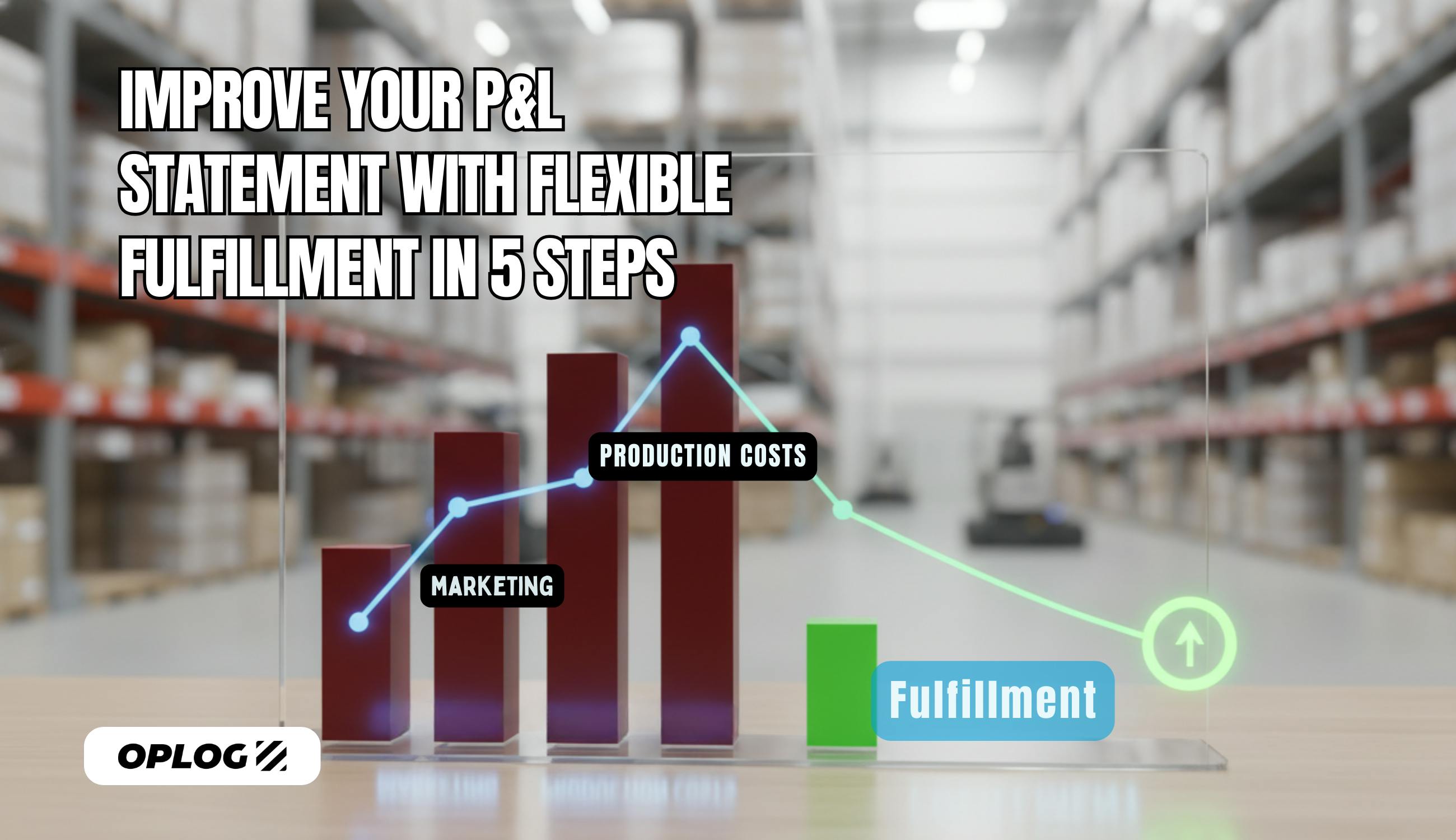A concern for businesses committed to fulfilling customer orders promptly is usually logistics costs.
Why pay for the whole truck when you can pay for the part? Why delay order fulfillment when you can take advantage of fast delivery services? Why risk the damage when you can avoid the hassle?
For example, a business owner who must ship products across borders or different cities could have two options: rent a full truckload (FTL) and pay for the entire space, even if you do not use it all, or share a less-than-truckload (LTL) with other shippers and pay for the weight and dimensions of your freight, plus some extra fees.
Both options could be quite expensive and inefficient. However, there is a third option: Partial shipping. It is like a hybrid between FTL and LTL, but with more efficiency and fewer drawbacks.
In this blog post, we will explore the concept of partial shipping in logistics and show how it can help maximize efficiency and save money and time, especially for smaller shipments.
Table of Content
· What is Partial Shipping?
· How does it work?
· What are the benefits?
· Challenges
· Determining the need for Partial shipping
· The future of partial shipping in logistics
What is Partial Shipping?
Partial shipping is a mode of transportation that allows freight shipment on a truck that is shared with other shippers. Unlike full truckload (FTL) or less-than-truckload (LTL) shipping, partial shipping does not require filling up the entire trailer or paying for the space that isn’t in use.
Instead, you only pay for the space that the freight occupies, which can range from 10 to 30 feet in length or up to 30,000 pounds.
For example, a mobile phone retailer places an order for the delivery of 5,000 smartphones from Vietnam. However, there are only 3,000 smartphones in stock, but the remaining 2,000 are backordered.
Using Partial Shipping, the company goes ahead with shipping the 3,000 available immediately, then plans to ship the 2,000 separately when available. This approach prevents delays in the entire order processing.
For this process to be seamless, this company requires the services of a 3PL company that offers partial shipping services.
How does Partial Shipping work?
Logistics companies or 3PL partners are the key stakeholders in the success or failure of the process. And how it works solely depends on their delivery network and efficiency.
Here’s a breakdown of how partial shipping works:
Step 1: Place an order for partial shipping with a logistics company specializing in this service. Provide the freight details, such as the size, weight, value, destination, and delivery time.
Step 2: The logistics company locates a suitable truck that meets order requirements and has enough space for freight. Your freight will be separated from that of other shippers'.
Step 3: The logistics company picks freight from your location and loads it onto the truck. The freight is secured and appropriately labeled to avoid any confusion or damage. The truck driver receives the instructions and the route for the delivery.
Step 4: The truck delivering your items will transport them directly to the desired destination without stopping or transferring them at other terminals or hubs. On arriving at the destination, the truck driver will unload the items and obtain proof of delivery from the recipient.
Step 5: The logistics company invoices for the partial shipping service based on the space your items occupy on the truck. You pay only for the space used, not the whole truck or the weight of the freight.
What are the benefits of partial shipping?
Partial shipping offers several benefits for businesses dealing with smaller loads or shipments. Here are some key advantages:
Faster delivery of high-demand items
One of the challenges of retail brands is meeting customers' demands, especially during peak seasons.
Partial shipping provides a window to provide fast delivery of some readily available items. Customers receive essential parts of their order sooner, leading to better overall satisfaction.
This practice is beneficial for high-demand items that customers need urgently. Partial shipping helps reduce delivery times and increase customer satisfaction, which is essential for any business.
Cost-effectiveness:
Why pay for the whole truck when you can pay for the part? Partial shipping is cost-effective if you do not require a full truckload. It allows sharing transportation costs with other shippers, reducing the overall shipping costs.
Traditional shipping companies would request full pay for a full truck to ship out items, which challenges growing businesses' revenue. This is because the space in the truck or container is beyond their needs.
With partial shipping, you can transport smaller quantities of goods at a lower cost, eliminating the need to pay for the whole truck when only a part is required.
Flexibility
As businesses evolve, so do customer demands, which can change frequently.
Your logistics operations and last-mile delivery must be responsive and adaptable to keep up with these changes.
One way to achieve this is by using a partial shipping approach. Partial shipping allows you to ship smaller quantities of products, regardless of whether it fills an entire truckload or not.
This approach provides greater flexibility, allowing you to ship goods more frequently, reduce lead times, and respond faster.
Improve Transit Times
Smaller shipments can be more efficiently transported when consolidated. However, this is only possible with logistics operations that support partial shipping.
You can save time and money by opting for faster deliveries instead of waiting for a full truckload with multiple shipments.
This is particularly useful for time-sensitive products that must be delivered soon. Additionally, you can lower the environmental impact of transportation and reduce your carbon footprint by minimizing the number of vehicles on the road.
Access to LTL (Less-Than-Truckload) Services
Regarding shipping goods, LTL (Less Than Truckload) services are often an excellent choice for smaller shipments. One of the most significant advantages of LTL is that it offers a cost-effective solution for businesses that need more goods to fill an entire truck.
This is because LTL is primarily concerned with maximizing the truck space available by combining multiple shipments from different customers into one load.
In addition to cost savings, LTL focuses on operational efficiencies such as accurately classifying shipments, loading and unloading cargo, and maintaining a competitive rate structure.
Working with a 3PL partner like OPLOG gives you access to optimized routes and delivery schedules for faster transit times and more flexible pickup and delivery options.
Reduce Warehousing Costs
Partial shipping can reduce warehousing costs through on-demand warehouse storage, as businesses can ship goods more frequently, avoiding the need for extensive storage space.
On-demand warehousing lets you scale up, down, or sideways without commitments to a long-term lease. With this fulfillment model, you can negotiate with multiple warehouses across geographical locations, building a global fulfillment network that is cost-effective and demand-responsive while maximizing last-mile delivery that meets customer expectations.
For efficient international shipping, partnering a 3PL fulfillment service with a global warehouse network for efficient international shipping can streamline logistics operations, reduce costs, and maintain access to emerging markets.
Less damage
Partial shipping is a great way to protect your freight from damage. This is because it reduces handling and exposure.
Full truckload (FTL) shipping can expose your freight to wear and tear, especially if it needs to be packaged or secured well. On the other hand, Less-Than Truckload (LTL) shipping can increase the risk of damage or loss, especially if your freight is mixed with other shippers' products or handled by different carriers.
Partial shipping solves these problems by keeping your freight on the same truck and separated from other loads.
Challenges of Partial Shipping
Partial shipping can also have some disadvantages, such as:
Higher cost
It is important to note that the shipping cost can vary depending on the size and weight of your freight. Partial shipping costs more per unit than Full Truckload (FTL) or Less-than-Truckload (LTL) shipping.
With FTL shipping, you may enjoy a lower rate per mile if your shipment fills up the entire trailer. On the other hand, LTL shipping can offer you a lower rate per pallet if your shipment is small and light.
Limited availability
Finding partial shipping can be more challenging than FTL or LTL shipping, and it largely depends on your freight's location and demand.
In high-volume areas or common destinations, FTL shipping is usually readily available, while in low-volume areas or unique destinations, LTL shipping may be more widely available.
However, partial shipping may be less available if your freight is in a remote area or has a rare destination.
Less flexibility
Depending on the required service and options, partial shipping is not as flexible as FTL or LTL shipping.
FTL shipping gives you more control over pickup and delivery times, the route and driver, as well as the security and tracking of the freight. On the other hand, LTL shipping provides more options for accessorial services, delivery appointments, and guaranteed delivery times.
However, partial shipping may have more limited service levels and availability depending on the logistics or fulfillment partner choice.
Determining the need for partial shipping
To determine if you need partial shipping, ask yourself the following questions:
· Do you often receive orders that contain more than one product or a large quantity of products?
· Do you have products that are frequently out of stock or have long lead times?
· Do you have multiple warehouses or fulfillment centers in different regions or countries?
· Do you want to offer your customers more flexibility and convenience in their delivery options?
If you responded positively to any of the above questions, then choosing partial shipping could be a viable option for your brand. However, it is essential to keep in mind that this approach presents some challenges, such as keeping track of inventory, updating order statuses, and managing shipping costs.
Therefore, consider the following factors before implementing partial shipping:
· How will you track each product's inventory levels and availability across warehouses or fulfillment centers?
· How will you update the order status and notify customers of each shipment and its tracking information?
· How will you handle returns, exchanges, or cancellations of partial orders?
· How will you calculate and optimize each shipment's shipping costs and fees?
To tackle the potential obstacles, consider partnering with a global 3PL fulfillment service capable of handling partial shipments. Such a service can equip you with the necessary technology, infrastructure, and expertise to manage freight efficiently and effectively.
OPLOG's tech-powered fulfillment service offers international partial shipments with omnichannel functionality for real-time order and delivery tracking, streamlining your operations.
The future of partial shipping in Logistics
The logistics industry is poised for significant developments driven by technological advancements, sustainability initiatives, and evolving supply chain management practices. Integrating artificial intelligence, machine learning, and automation is expected to be pivotal in optimizing various aspects of partial shipping operations.
These technologies will contribute towards improved route planning, enhanced load optimization, and real-time tracking, all of which will increase the efficiency of the partial shipping process.
· Implementing data analytics will become increasingly significant, allowing logistics companies to predict trends in demand, shipment volumes, and other crucial factors. This data-driven approach will enable informed decisions and optimize shipping processes more effectively.
· Sustainability is a vital factor in shaping the future of logistics, and partial shipping is an effective way to reduce the number of vehicles on the road and optimize transportation resources. This aligns well with the broader trend towards sustainable and eco-friendly logistics practices. The logistics industry will likely see a continued emphasis on implementing green initiatives, and partial shipping will play a key role in meeting the demand for more environmentally responsible shipping solutions.
· In urban areas where efficient and sustainable delivery options are crucial, innovations in last-mile delivery solutions will complement partial shipping. Technologies such as drones and electric vehicles may become more prevalent in the last-mile delivery of partial shipments.
Wrapping up
Partial shipping is an efficient and cost-effective mode of transportation for businesses that need to ship smaller loads of goods.
With the help of a reliable logistics company or a 3PL partner, you can take advantage of the benefits of partial shipping and streamline your supply chain operations.
As the demand for faster and more flexible shipping options increases, partial shipping will likely become an increasingly popular solution for businesses looking to optimize logistics processes.






